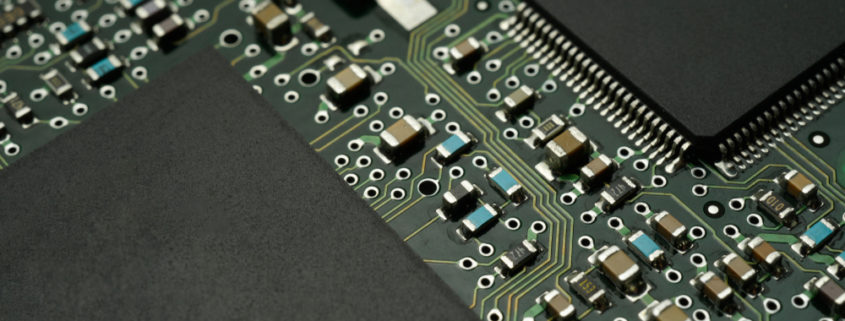System on a Chip Design Challenges and Solutions: Navigating Complexity for Seamless Integration
System on a Chip (SoC) technology has revolutionized modern electronics, enabling the integration of multiple components onto a single chip. This compact, efficient approach is critical for developing sophisticated devices across various industries, from consumer electronics to automotive systems. However, designing a system on a chip presents unique challenges that must be carefully navigated to achieve seamless integration and optimal performance.
Design Challenges in System on a Chip Development
The complexity of SoC design lies in its very nature: integrating diverse components with different functions onto a single chip. This complexity introduces several vital challenges.
- Integration of Heterogeneous Components: One of the most significant challenges in system on a chip design is integrating heterogeneous components—analog, digital, and mixed-signal circuits—into a unified architecture. Each type of circuit has different power, timing, and signal integrity requirements, making it challenging to ensure they work harmoniously. Additionally, accommodating various communication protocols and interfaces within a single chip adds another layer of complexity.
- Power Management: As more components are integrated into an SoC, managing power consumption becomes increasingly challenging. Different components may have varying power requirements. Balancing these needs while minimizing overall power consumption is crucial, particularly for battery-powered devices. Efficient power management is essential to avoid overheating and ensure the device’s longevity.
- Signal Integrity and Noise Reduction: In a densely packed SoC, maintaining signal integrity is critical to preventing errors and ensuring reliable operation. The proximity of different components can lead to issues such as crosstalk, electromagnetic interference, and noise, which can degrade signal quality. Designers must implement strategies to mitigate these effects, such as using shielding techniques and optimizing the layout to reduce interference.
- Verification and Testing: The complexity of SoC design also makes verification and testing daunting. Ensuring that all components function correctly, both individually and as part of the larger system, requires comprehensive testing at multiple stages of development. Detecting and addressing potential issues early in the design process is essential to avoid costly errors later on.
Solutions for Overcoming System on a Chip Design Challenges
Despite these challenges, advances in design methodologies and tools have provided practical solutions to address the complexities of SoC development.
- Modular Design Approaches: Designers often employ modular design approaches to manage the integration of heterogeneous components. By breaking down the SoC into smaller, manageable modules or IP blocks, each with a specific function, designers can focus on optimizing each module individually. These modules are then integrated into the overall chip architecture, allowing for greater flexibility and ease of testing.
- Advanced Power Management Techniques: Advanced techniques such as dynamic voltage and frequency scaling (DVFS) and power gating can address power management challenges. These methods allow the SoC to adjust power consumption based on the workload. This reduces energy usage when full performance is not required. Additionally, incorporating low-power design strategies at the architectural level helps minimize power consumption without compromising performance.
- Improved Signal Integrity with Design Tools: Signal integrity issues can be mitigated using specialized design tools and simulation software. These tools help designers model and analyze the behavior of signals within the SoC. This allows them to identify and address potential issues before they become problematic. Techniques such as careful routing, differential signaling, and noise-reduction strategies are also employed to maintain signal quality.
- Comprehensive Verification and Testing Strategies: To ensure the reliability of a system on a chip, designers implement comprehensive verification and testing strategies. This includes using simulation tools to test individual modules and hardware emulation to validate the entire SoC design. By combining static analysis, dynamic testing, and formal verification, designers can identify and rectify potential issues early in development.
Conclusion
Designing a system on a chip is a complex endeavor that requires addressing many challenges, from integrating diverse components to managing power consumption and maintaining signal integrity. However, these challenges can be overcome by employing advanced design methodologies, leveraging cutting-edge tools, and implementing comprehensive testing strategies. As SoC technology evolves, these solutions will be crucial in developing increasingly sophisticated and efficient electronic devices. Thus driving innovation across various industries.
Learn more about Linear MicroSytesm by clicking here!
Linear MicroSystems, Inc. is proud to offer its services worldwide as well as the surrounding areas and cities around our Headquarters in Irvine, CA: Mission Viejo, Laguna Niguel, Huntington Beach, Santa Ana, Fountain Valley, Anaheim, Orange County, Fullerton, and Los Angeles.






